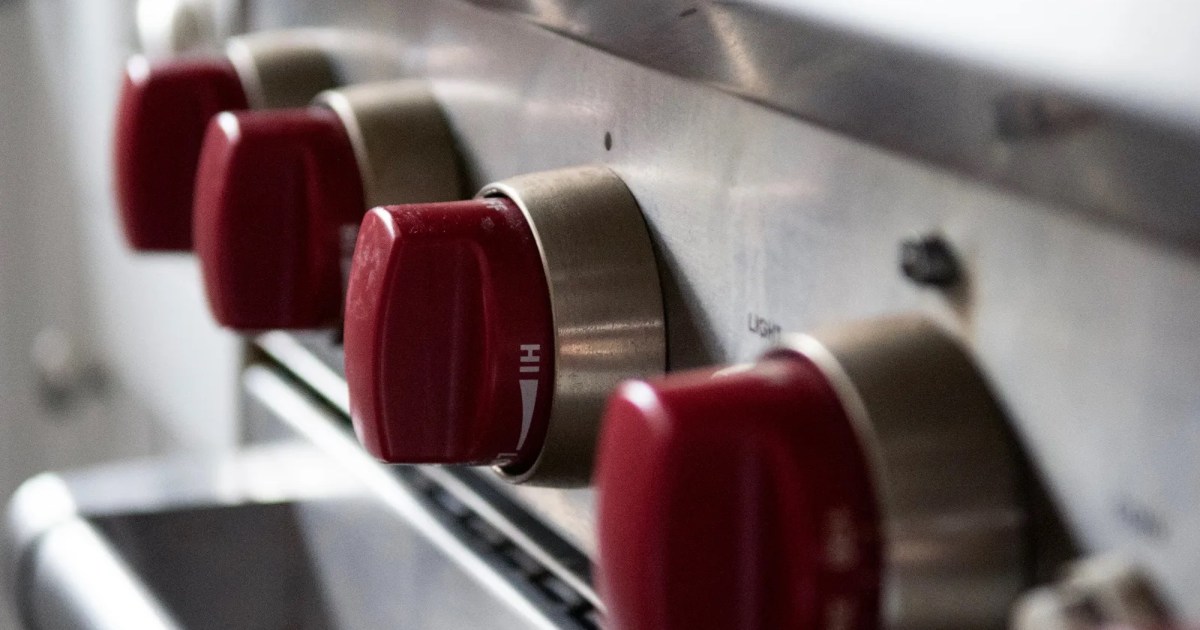Highlights: A study this summer found that using a single gas stove burner on high can raise levels of cancer-causing benzene above what’s been observed from secondhand smoke.
A new investigation by NPR and the Climate Investigations Center found that the gas industry tried to downplay the health risks of gas stoves for decades, turning to many of the same public-relations tactics the tobacco industry used to cover up the risks of smoking. Gas utilities even hired some of the same PR firms and scientists that Big Tobacco did.
Earlier this year, an investigation from DeSmog showed that the industry understood the hazards of gas appliances as far back as the 1970s and concealed what they knew from the public.
It’s a strategy that goes back as far back as 1972, according to the most recent investigation. That year, the gas industry got advice from Richard Darrow, who helped manufacture controversy around the health effects of smoking as the lead for tobacco accounts at the public relations firm Hill + Knowlton. At an American Gas Association conference, Darrow told utilities they needed to respond to claims that gas appliances were polluting homes and shape the narrative around the issue before critics got the chance. Scientists were starting to discover that exposure to nitrogen dioxide—a pollutant emitted by gas stoves—was linked to respiratory illnesses. So Darrow advised utilities to “mount the massive, consistent, long-range public relations programs necessary to cope with the problems.”
These studies didn’t just confuse the public, but also the federal government. When the Environmental Protection Agency assessed the health effects of nitrogen dioxide pollution in 1982, its review included five studies finding no evidence of problems—four of which were funded by the gas industry, the Climate Investigations Center recently uncovered.
Karen Harbert, the American Gas Association’s CEO, acknowledged that the gas industry has “collaborated” with researchers to “inform and educate regulators about the safety of gas cooking appliances.” Harbert claimed that the available science “does not provide sufficient or consistent evidence demonstrating chronic health hazards from natural gas ranges”—a line that should sound familiar by now.



I heard that geo heat pump installation cost is very high. Did you do the math to see how many summers of $60 energy bills it will take to recuperate initial investment?
Geo heat pump install is indeed very high. But air source heat pumps (both heat pump water heaters and heat pumps for heating/cooling) don’t have that issue and have similar performance, except in extreme climates where geo outperforms.
Even in extreme climates, air source can have resistive heaters built in for emergency heat. Doesn’t save you nearly as much money, but it will keep your house warm when the temperature drops to -38f for a week or so. :)
It worked quite well when I was living in Montana.
They perform similarly in terms of heating a cooling ability, but ground source heat pumps are much more efficient. It’s still a tough sell though since the installation costs are huge.
Modern air source pumps work down to -17 degrees Farenheit even without resistive heaters. It’s something to consider, but it’s not a concern for most people.
Oh, it would take quite awhile to recoup, and air source is much cheaper to install than ground source. Pays itself back over the decades. Right now (and for the next 10 years or so), the federal gov will give you a kickback if you swap your furnace for a qualifying heatpump, up to 11k USD. The installation might be $30k, but a qualifying heatpump covered under that program will save you a serious chunk of change. And as long as you do maintenance on them, they should last for a very long time.
My apartment had them built in as it was all new construction. I miss that place!
One thing to deeming before you out one in: whether you have good insulation and good windows first. Those will go a long way in saving you $$$ on your energy bills regardless of what you are using to heat and cool your home.